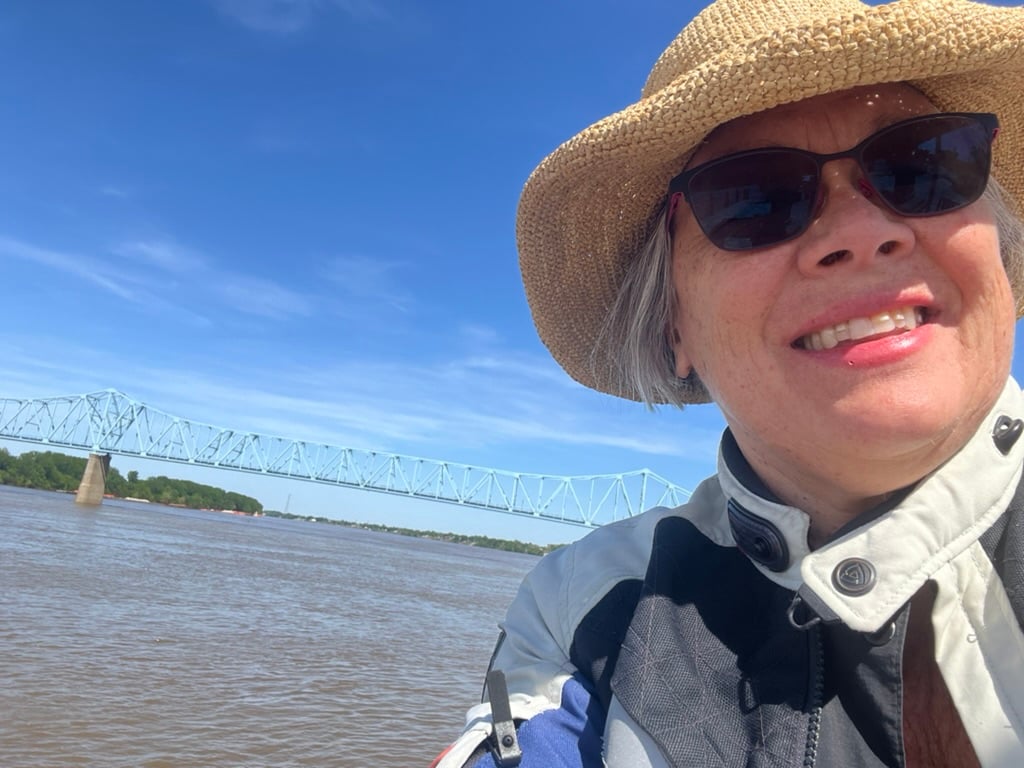Hello readers! Here’s my quarterly round up of where I’ve been traveling, and what I’ve been reading, listening to, writing, and thinking about.
Public Service Announcement: A couple of years ago, my Facebook account was hacked and subsequently deleted. I took the opportunity to improve my mental health by walking away. If you’re not enjoying your online life, shut it down. Life’s too short.
If you’d like to find a drama-free zone, please check out my two free email newsletters. I narrate each one, so you can listen with the Substack app or in your favorite pod catcher.
Book Research
I’m pleased to be working with a publisher on my book about the racial legacy of the Ohio River as the country’s longest slavery border (slavery-free north of it, and slave-states south). For now, that’s all I can say about the project, but I have plenty to say about my recent research trip to Kentucky, Indiana, Illinois, and Missouri. Here’s a gallery of photos from the trip, starting with the Filson Historical Society’s Northwest & Indigenous Revolution Tour.
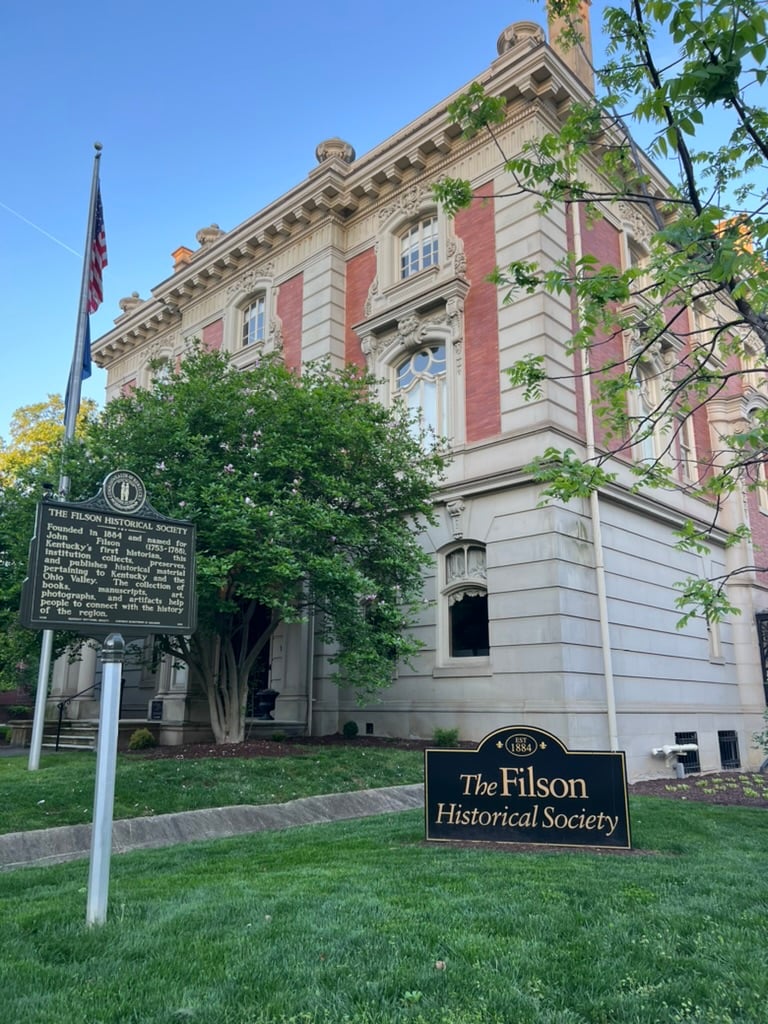
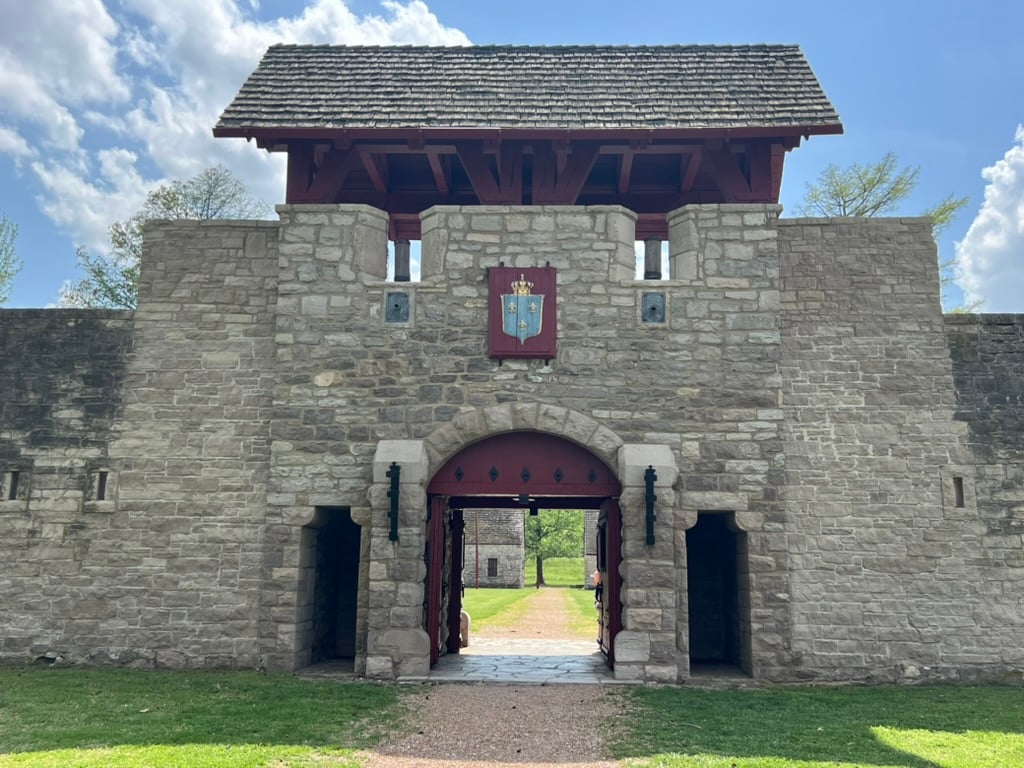
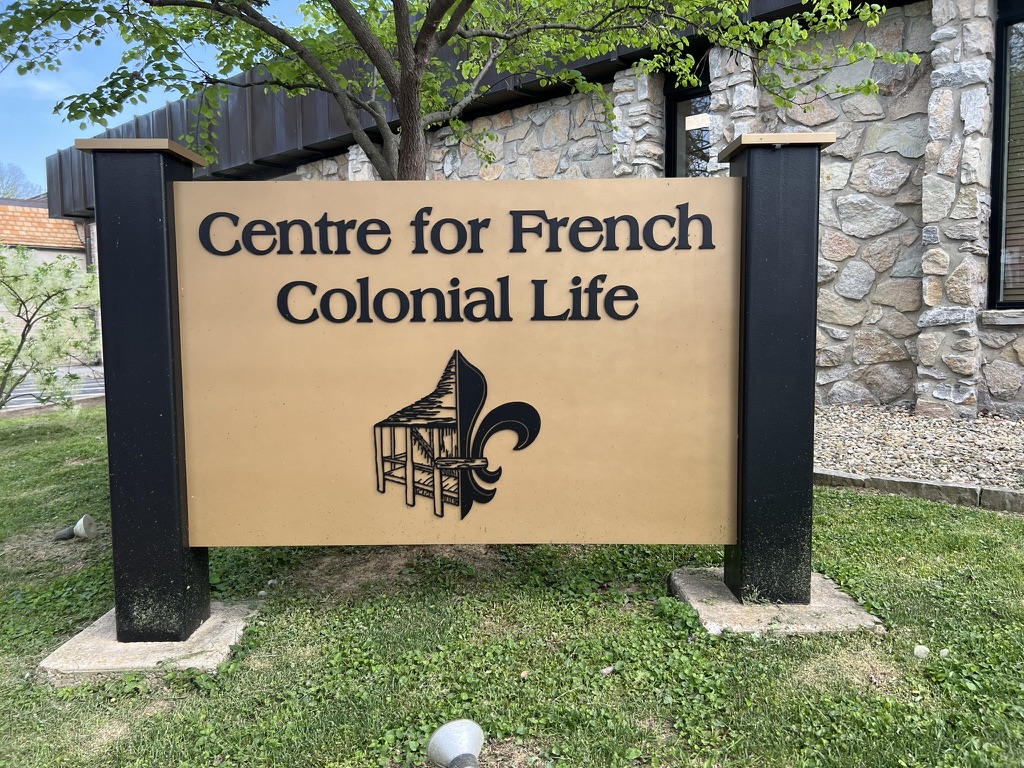
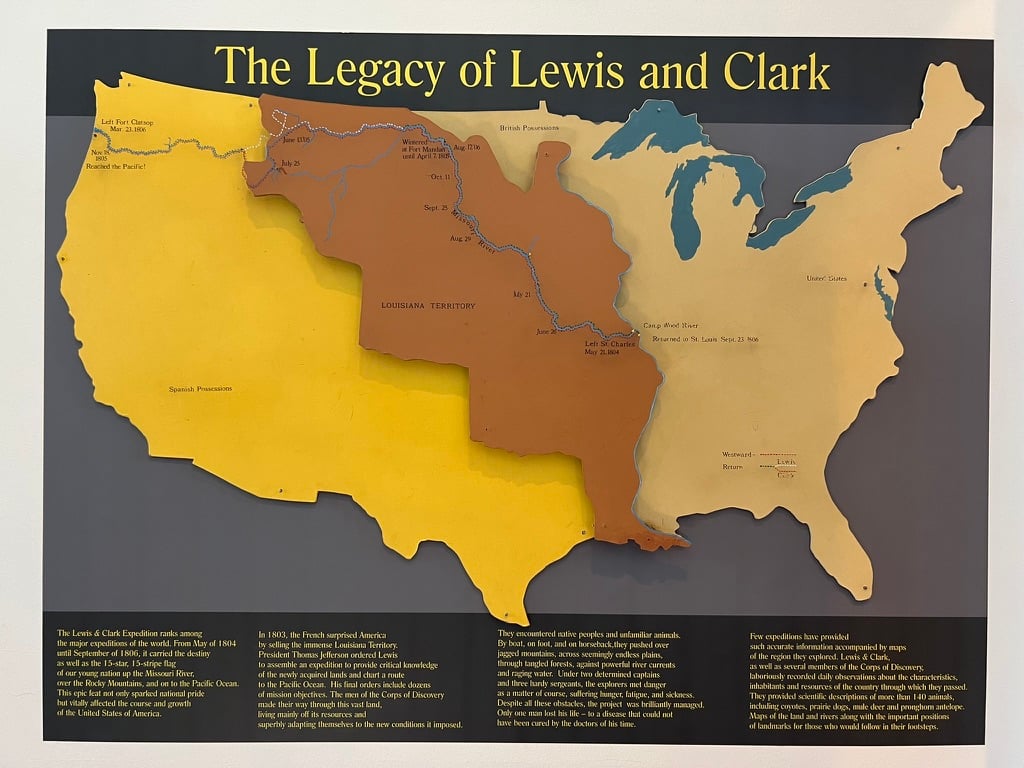

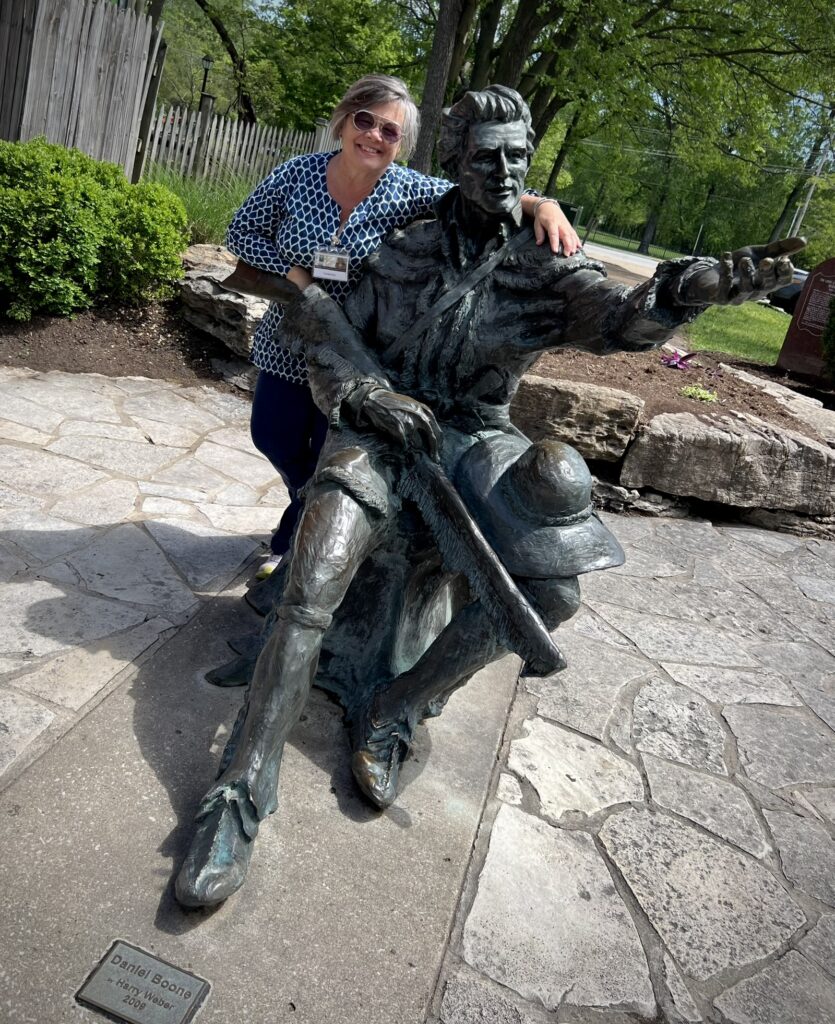
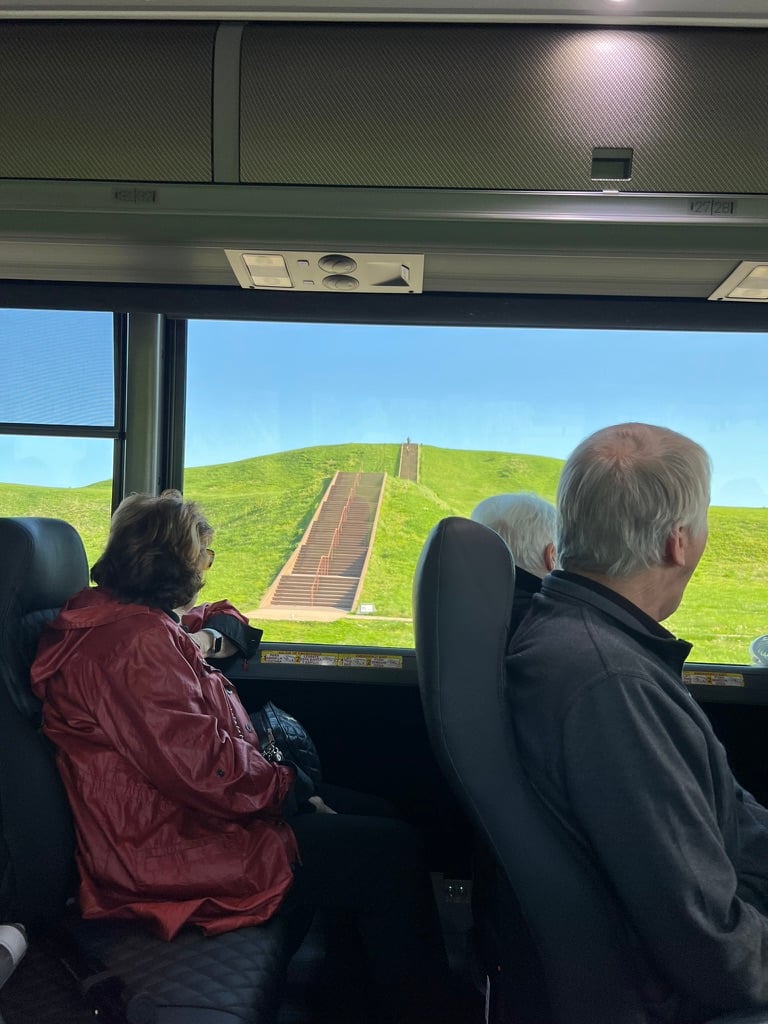
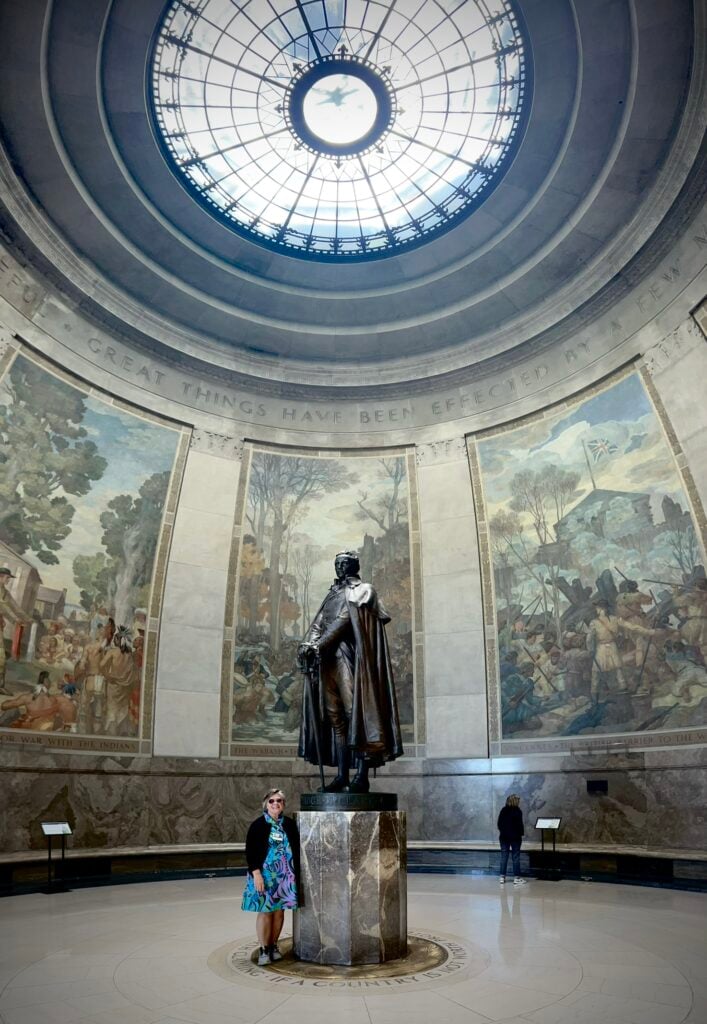
After the Filson’s bus tour, I rode my motorcycle to Evansville, Indiana, and Paducah, Kentucky:
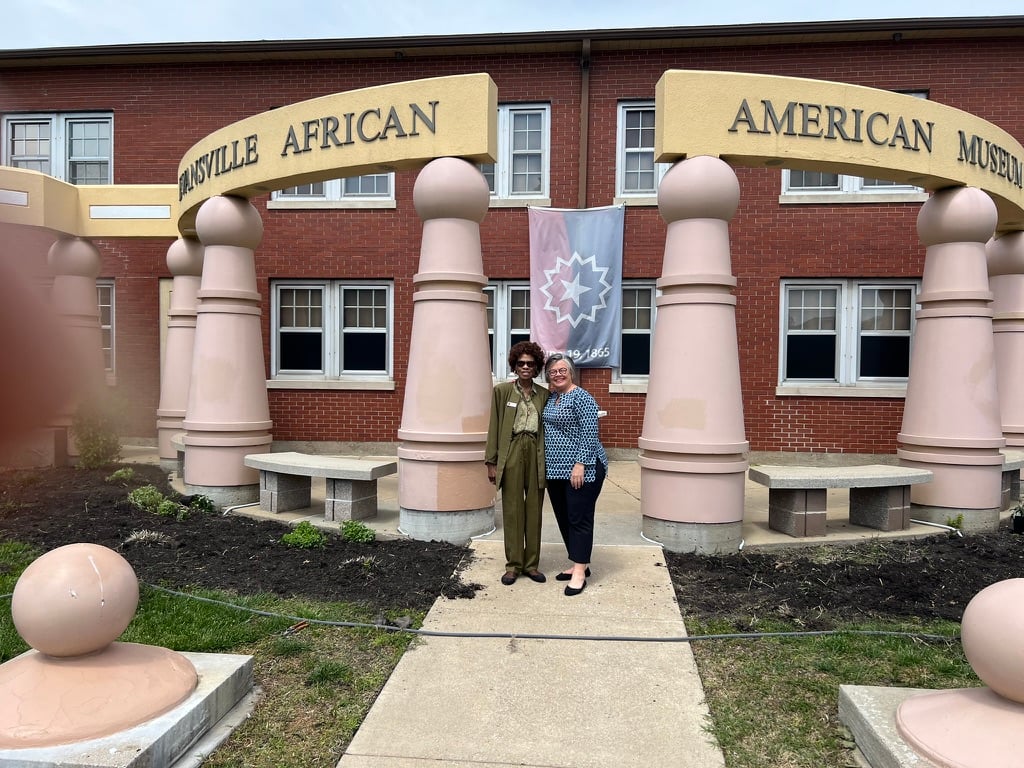
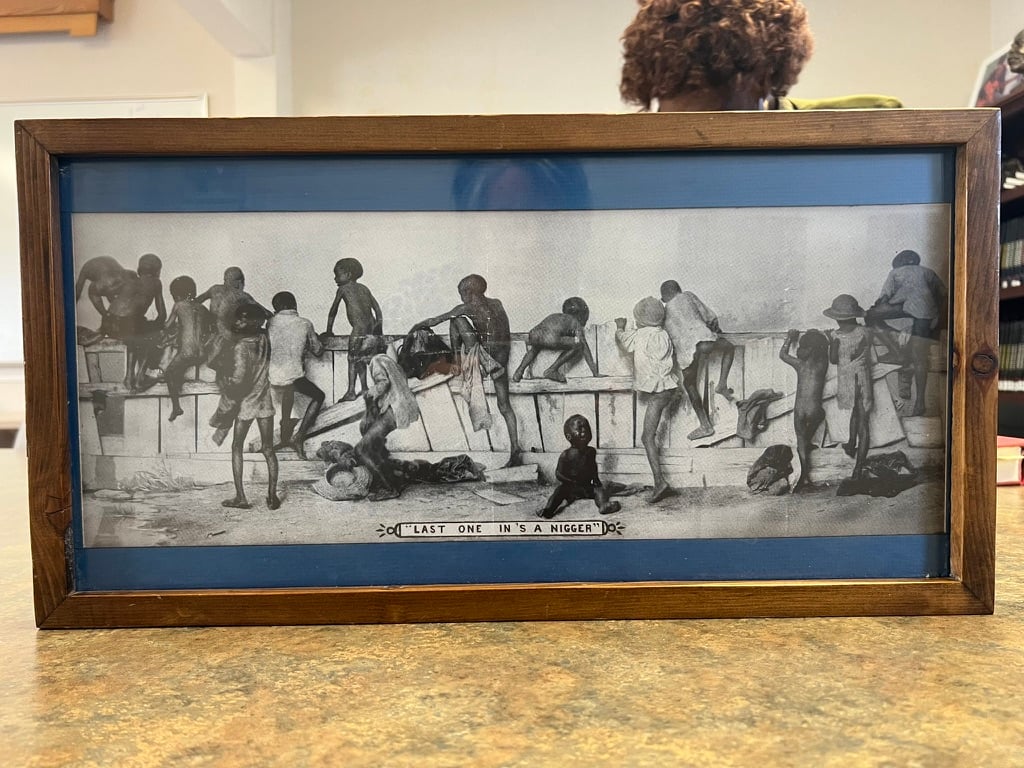
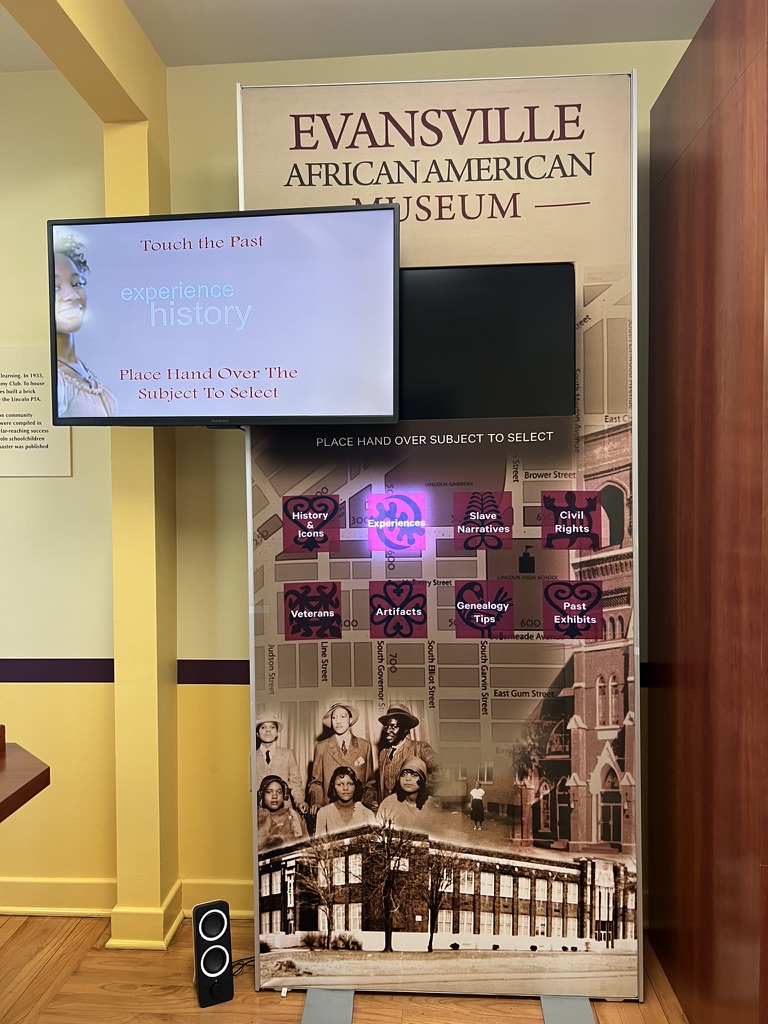
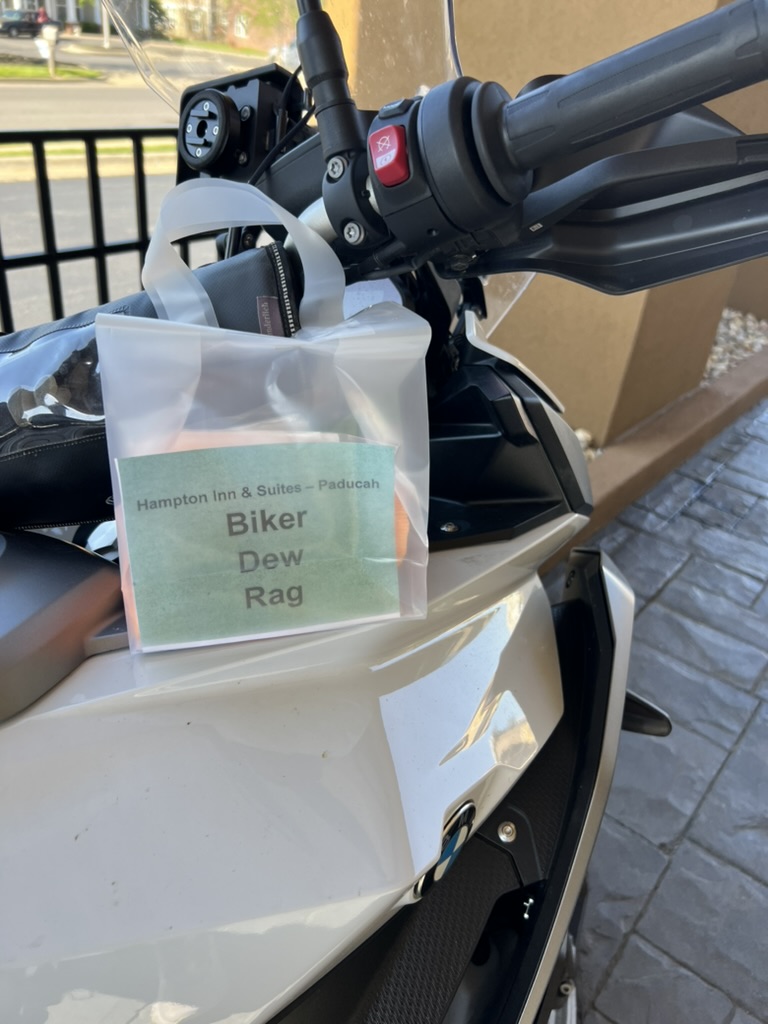
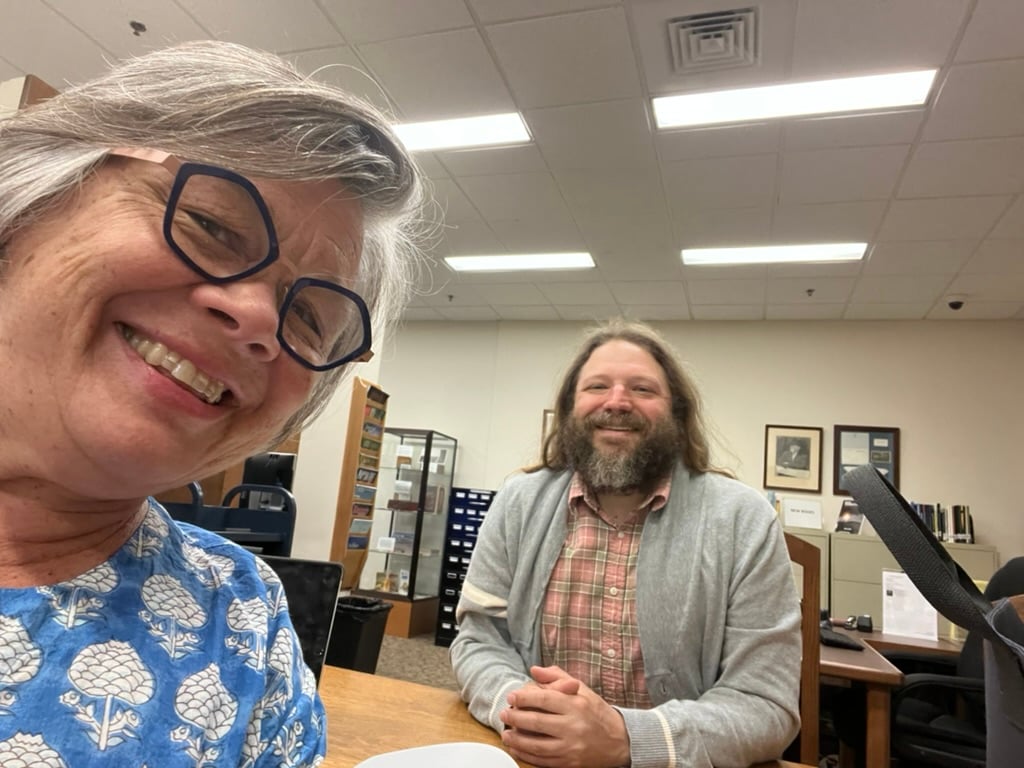
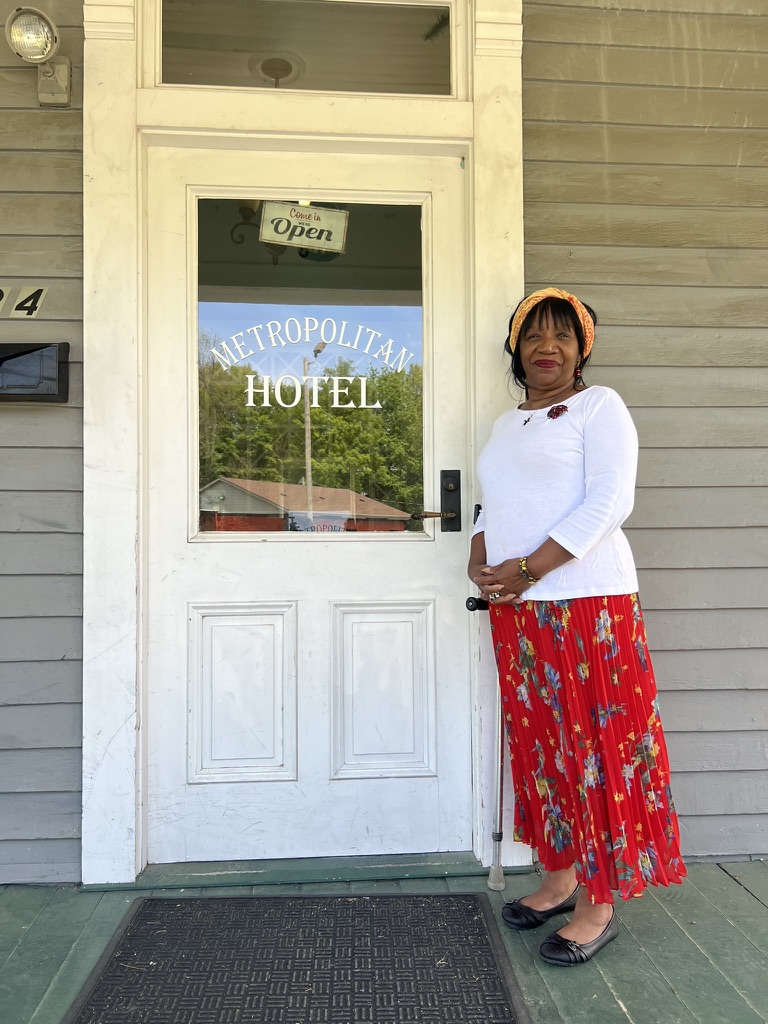
Here are some of the new books I’ve been reading for research, in addition to the those I highlighted in my last quarterly update.

Moving through the photo from top left to bottom right.
Since it’s Triple Crown season, I couldn’t resist the Hidden History of Horse Racing in Kentucky. It’s full of photographs and factoids. Many of the early jockeys were Black, and fled to Europe to continue their professions during the Jim Crow era.
In The Geography of Hate: The Great Migration through Small-Town America, Jennifer Sdunzik explores many conscious and unconscious white actions that all but erased Black Americans from Indiana, and why we think of the Midwest as racially white. She doesn’t ignore other Midwestern states, but her data-driven focus is Indiana. Not surprisingly, Indiana was the epicenter of the KKK’s second wave in the 1920s. For a riveting account of that, read Timothy Egan’s book, A Fever in the Heartland: The Ku Klux Klan’s Plot to Take Over America, and the Woman Who Stopped Them.
The book pictured furthest right is a compilation of articles originally published in the Illinois Catholic Historical Review between 1918 and 1925 about the Jesuit priest Pierre Gibault, also known as “the patriotic priest” and Illinois’ first citizen. I’m reading it to more fully understand the unique role that France and the Catholic Church played in North American history, especially during the American Revolution.
A History of Hate in Ohio: Then and Now is presented in two parts, historical and current. Part One is by Michael E. Brooks, a professor at Bowling Green State University. It begins with the Revolutionary War and ends in 1970, disputing a lot of things I thought I knew about my home state’s origins as a slavery-free state dominated by big-hearted Underground Railroad conductors. Part Two is written by Bob Fitrakis, a professor of Political Science at Columbus State Community College and editor/publisher of the Free Press. He carries the narrative from 1970 to the present day, including a reminder that it was an Ohio man, James Alex Fields Jr., who drove his car into a crowd of counter-protestors at the “Unite the Right Rally” in Charlottesville, Virginia, killing one woman and injuring dozens in 2017.
Finally, we have a facsimile of the 1940 edition of The Negro Motorist Green Book. I picked this up when visiting the Evansville African-American Museum gift shop. In the 1930s, during the era of Jim Crow laws, a Black postal carrier from Harlem named Victor Green published the annual guidebook to help African Americans safely navigate the roads of a segregated country. It lists businesses that were relatively friendly to African Americans for lodging, restaurants, and gas stations. I visited one of the book’s listings in Paducah, Kentucky, The Hotel Metropolitan, which recently won a $1.34 grant for historical preservation.
The book’s title might be familiar if you watched the 2018 movie of the same name.

Pleasure Reading
The best novel I’ve read so far this year is Metropolis, by B.A. Shapiro. I listened to the audio book, narrated by a cast of excellent voice actors. As a writer and editor, I realize how difficult it is to invest readers in more than one main character, and Ms. Shapiro weaves six characters’ stories into one. This book has everything I love: plot, characters, suspense, and a lot to ruminate over when the last page is finished.
Overview: “Six people, six secrets, six different backgrounds. They would never have met if not for their connection to the Metropolis Storage Warehouse in Cambridge, Massachusetts. When someone falls down an elevator shaft at the facility, each of the six becomes caught up in an intensifying chain of events.”
This year’s book club reads through September:
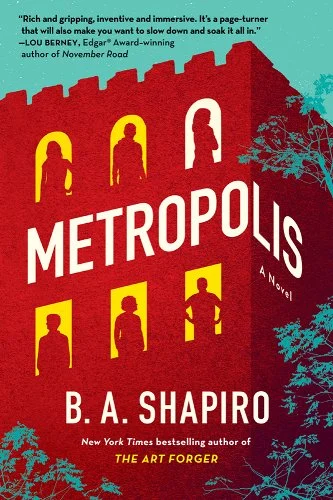

- (January) Eastbound, “In this gripping tale, a Russian conscript and a French woman cross paths on the Trans-Siberian railroad, each fleeing to the east for their own reasons.” For me, three stars.
- (February) Tom Lake, “…a meditation on youthful love, married love, and the lives parents have led before their children were born. Both hopeful and elegiac, it explores what it means to be happy even when the world is falling apart.” For me, three stars.
- (March) Where’d You Go, Bernadette (much better than the film). “It all began when Bee aced her report card and claimed her promised reward: a family trip to Antarctica. But Bernadette’s intensifying allergy to Seattle—and people in general—has made her so agoraphobic that a virtual assistant in India now runs her most basic errands. A trip to the end of the earth is problematic. Then Bernadette vanishes… For me, four stars.
- (April) The Fraud is a historical novel set in Victorian England. “Based on real historical events, The Fraud is a dazzling novel about truth and fiction, Jamaica and Britain, fraudulence and authenticity and the mystery of ‘other people.'” For me, three stars.
- (May) North Woods “A sweeping novel about a single house in the woods of New England, told through the lives of those who inhabit it across the centuries—’a time-spanning, genre-blurring work of storytelling magic.'” I haven’t finished it, but so far, four stars.
- (September) The Covenant of Water “Spanning the years 1900 to 1977, The Covenant of Water is set in Kerala, on South India’s Malabar Coast, and follows three generations of a family that suffers a peculiar affliction: in every generation, at least one person dies by drowning—and in Kerala, water is everywhere…” I haven’t started it yet.
Stay tuned for my next quarterly update, when I hope to reveal my publishing plans. Thanks for stopping by!
